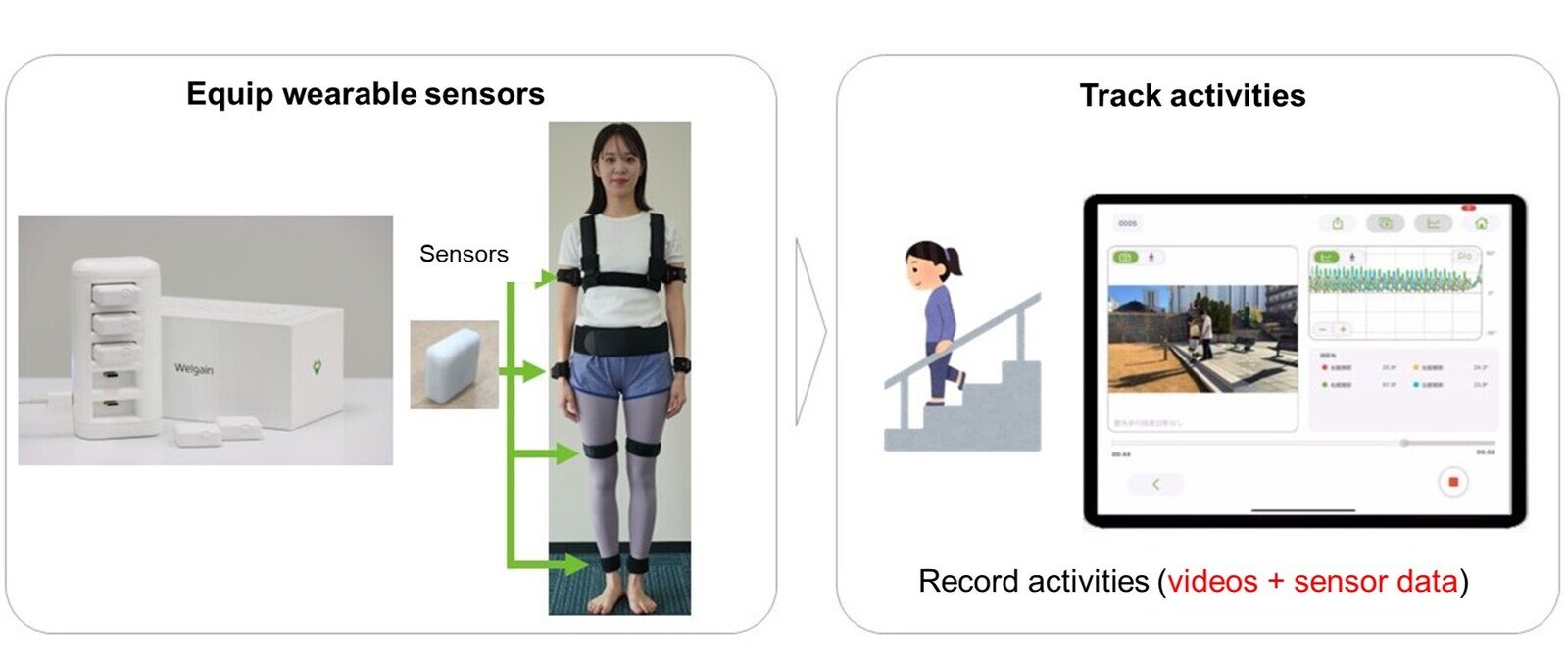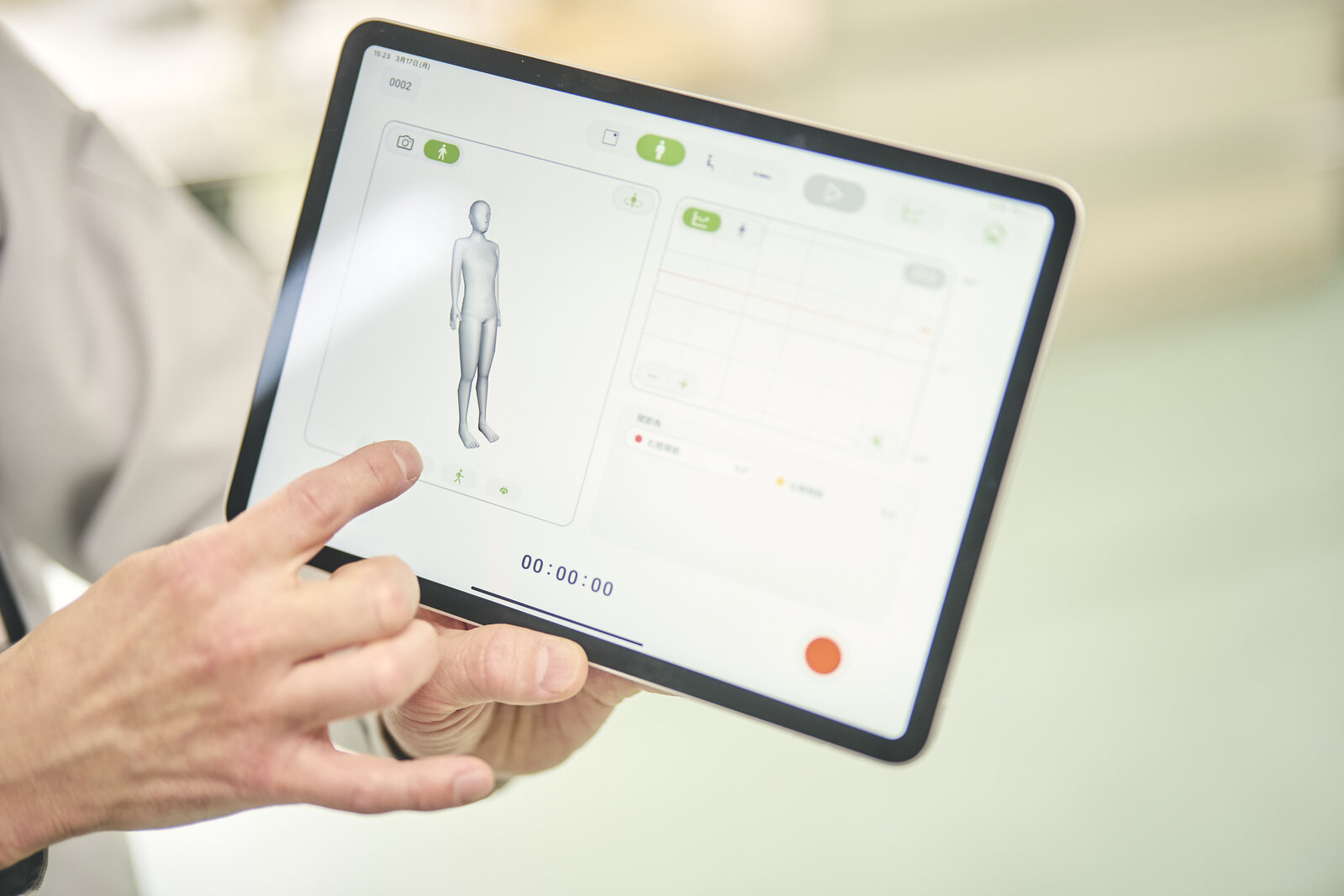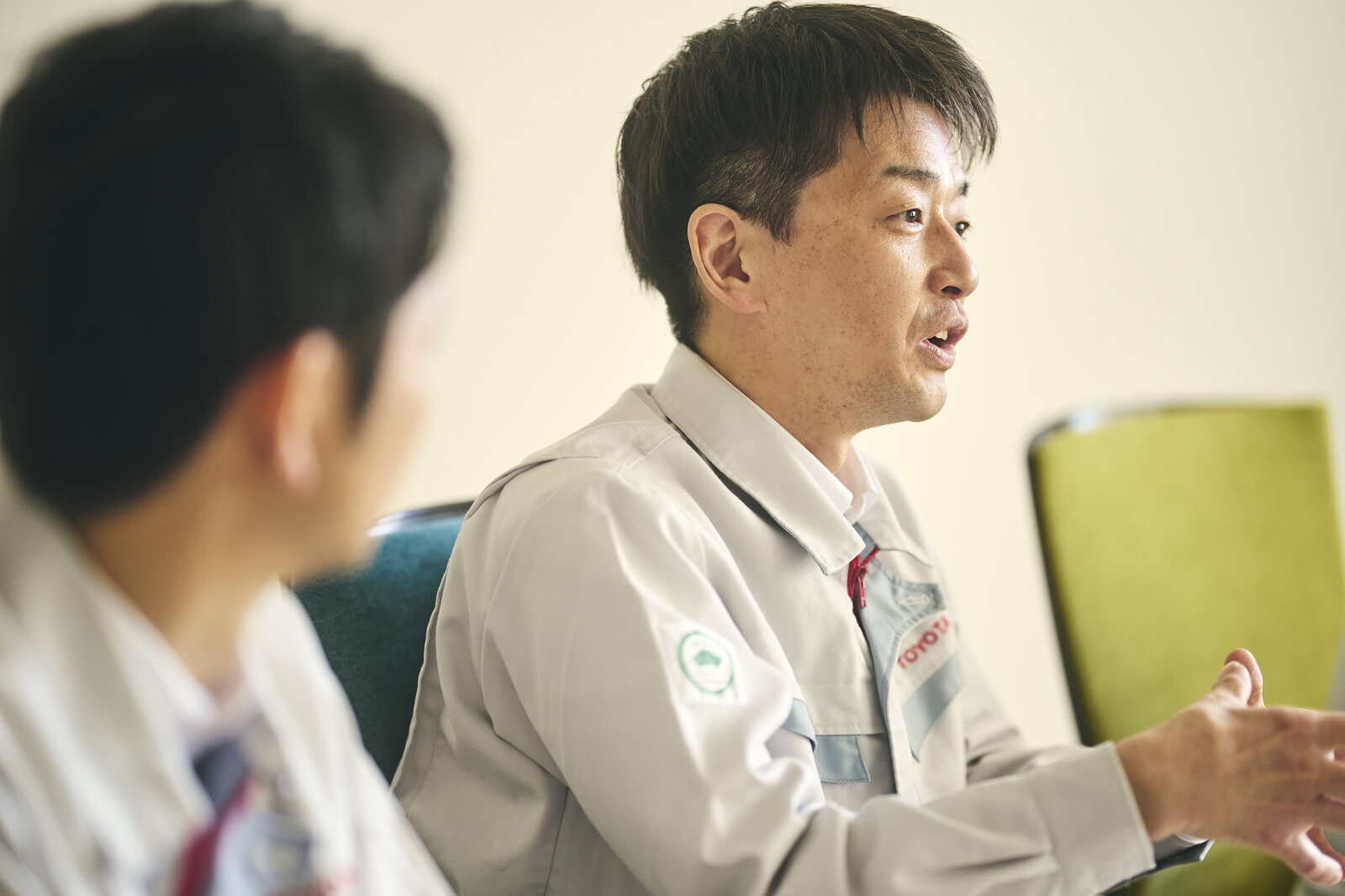
Can one little device upend accepted wisdom in rehabilitation care?! Welgain is already being used in clinical practice. So, what exactly is it?

There is no telling who or when someone might require rehabilitation following illness or injury.
Even in this age of sophisticated medical care, to a large extent, rehabilitation still relies on the experience and honed senses of those delivering treatment.
After hearing about a device that offers hope to those wishing for a swift return to everyday life, we headed to Fujita Health University Hospital in Toyoake, Aichi. There, we received a rare glimpse behind the scenes of rehabilitation care.

“Believe it or not, although the treatments given are noted in electronic medical records, they are not actually quantified into detailed data. That’s a big problem,” says Dr. Yohei Otaka, director of the Fujita Health University Nanakuri Memorial Hospital.
“Since Japan only recognized rehabilitation as a specialized field in 1996, there is still significant room for growth and development.”

The question is, how do you quantify and digitize human movement?
In the world of games and entertainment, motion capture is already being used to harness data on how humans move. However, these expensive systems were never likely to be employed in clinical treatment.
Instead, Fujita Health University Hospital has turned to Welgain, a small device that powers precise, data-driven rehabilitation.
Rehabilitation without relying on individual skill
Welgain makes it possible to check a person’s movements on a tablet via sensors fitted on the body. The wearer’s motions and joint angles can be measured in real-time without requiring multiple cameras.

A person’s activities can now be easily quantified — anywhere, anytime, and effortlessly.
Each of the small sensors is equipped with an accelerometer, gyro sensor, battery, memory, and communication functions.
Dr. Yohei Otaka (MD), Fujita Health University Hospital
Rehabilitation has always been carried out through the individual skills of experienced therapists. But we can’t say for certain that’s the best approach.
If we can objectively capture and structure movements with Welgain, patients will be able to receive better rehabilitation.
The measured data is sent to a tablet, allowing detailed quantification of activities.

Sensors can be fitted in different positions as needed and even provide sound alerts to indicate whether a motion is correct.
It’s the kind of evolution that makes you wonder how rehabilitation ever worked in the past.
Try to imagine this scenario: if you were asked to bend your knee 40°, could you do so accurately? And could you repeat that time and again?
With Welgain, you receive sound alerts to let you know when you’ve hit 40°. This can also be confirmed via videos and 3D avatars, helping patients to repeat motions correctly and therapists to provide better instruction.
Even a former SDF member
Akihiro Kurokawa is one of those who has used Welgain in actual rehabilitation. At 3 a.m. on October 1, 2024, his life changed forever.

“I was trying to get back to bed from the bathroom when I felt lightheaded. I called out to my son, but I couldn’t get up, and I found myself unable to speak properly...”
Kurokawa had suffered a stroke.
An ambulance rushed him to Fujita Health University Hospital. When he came to, he could not even remember his own name.
“I was bedridden and full of worry. I served in the Self-Defense Forces so I had felt confident about my physical fitness...”
Two weeks after being hospitalized, Kurokawa started rehabilitation with Welgain. He had thought the process would be all about perseverance and hard work, but the reality turned out differently.
“Unconsciously, I would walk in a way that felt easiest, but apparently that would lead to back injuries. In those moments, the sound notifies me that I’m doing it wrong, so I know exactly what to work on.”

Kurokawa says that having a visual record of his efforts also helps him to train on his own. Within two months of arriving at the hospital he was walking quite well, and at home now does so without a cane.
“My eldest daughter monitors me to make sure I don’t slack off with the rehab (laughs). We also go for drives together more often now. She sings K-pop songs while we’re on the road. I don’t really understand it (laughs),” Kurokawa told us happily.

Simple is useful
The Welgain system that aided Kurokawa’s recovery was developed by the members behind Toyota’s rehabilitation assistance robot for stroke patients, showcased in our last article.
Makoto Kobayashi, Group Manager, Healthcare Business Department, New Business Planning Division

Borrowing our approaches from the rehabilitation assistance robot, we developed a small device that could be used for a wide range of exercises. Measurements can easily be taken at any time of day, even in places that wouldn’t allow for larger equipment.
According to Kobayashi, it all started with a Christmas gift.

